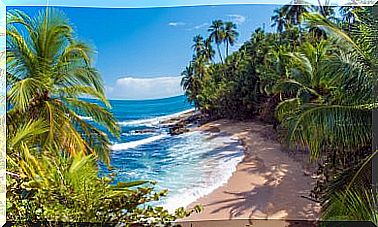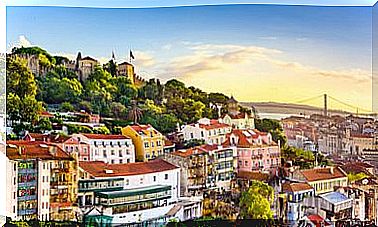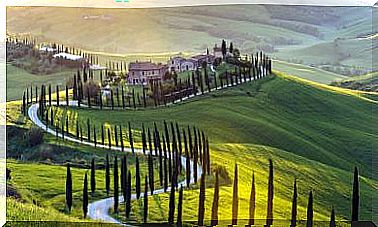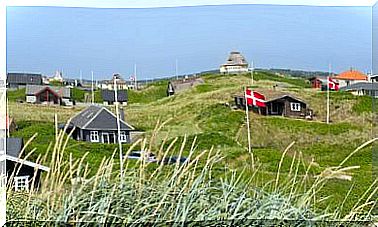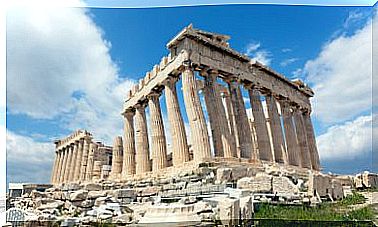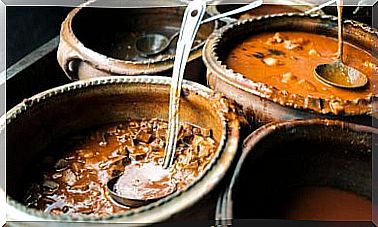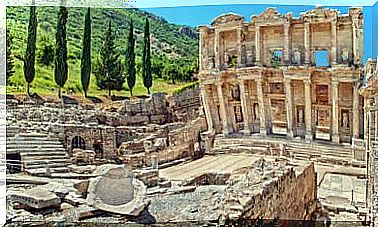Shanghai: History, Tradition And Modernity
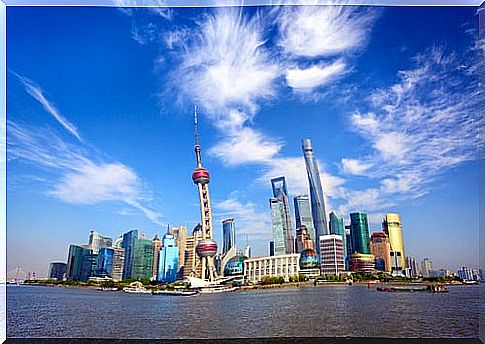
The most populated city in China, located on the banks of the Yangsté River, gives us all its charm, its history and its traditions. In the east of the country, Shanghai (which means “at sea”) holds secrets from thousands of years ago. Would you like to discover them? Then keep reading!
The millenary history of Shanghai
Excavations indicate that the area known today as Shanghai was inhabited by farming and fishing peoples during the Neolithic. But much is not known about that time, despite archaeological work. Information about the area in later times is very scarce as well. For example, it is known that during the Han (developed between 206 BC and 220 AD) and Tang (618 to 907) dynasties there was a village called Quilong.
From the year 1297 there begins to be more “news” about the local population thanks to the cotton textile industry. At that moment it officially became a city. In 1553, during the Ming dynasty, the walls that would protect the small town from the attacks of Japanese pirates began to be built.
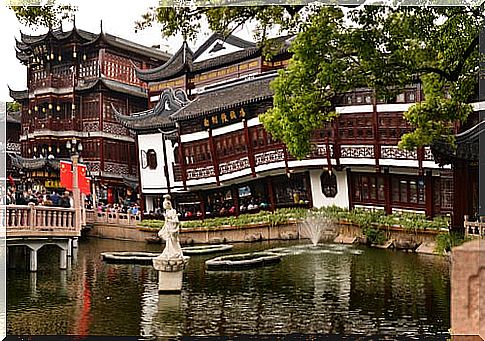
The arrival of Westerners (and especially the introduction of opium) markedly changed the life and history of Shanghai. The English cultivated this drug in India and spread it throughout the Chinese territory. The commercialization of this substance caused no less than two wars in the city: the first between 1839 and 1842 (the British thus made Shanghai free to international trade) and the second between 1856 and 1860 (this time the English and the French were joined together to get the city run by Europeans).
The battles and confrontations marked the history of the region by fire. In 1894 the Sino-Japanese war took place, after which Shaghai was divided between the powers: England, France, the United States and Japan. It is worth saying that the residents have not seen this distribution badly: at present the living conditions are higher than those of any other place in the Chinese territory.
Thus, the legendary Shanghai became the richest metropolis in the entire country. The reasons are varied: from the strategic situation to the trade in opium, tea and silk, passing through the exploitation of the game and the development of the industry.

Not everyone welcomed this change in the city and after several revolts and the creation of the Chinese Communist Party, in 1937 Shanghai completely passed into Japanese hands until the end of World War II. Since 1949 with the arrival of the communists, the city has not stopped its growth, both economically and politically.
What to see in Shanghai?
Now that you know a little about the city’s busy history, you can start planning your trip. We tell you which are the essential attractions in your stay in this multifaceted Chinese city:
Bund neighborhood
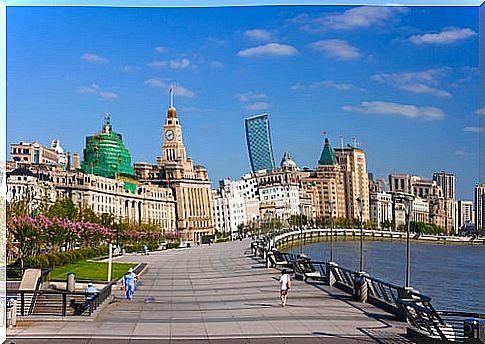
It is 2 kilometers long and completely pedestrianized! It runs along the western part of the river and has become the busiest area for both tourists and residents. From here you can enjoy panoramic views of the most futuristic Shanghai. The Bund is known as “the Wall Street of the East.”
Among the most prominent buildings we have the Customs House (with its bell, tower and clock), the financial plaza, the meteorological station, the monument to the heroes of Shanghai, the Peace Hotel and the Old Palace Hotel.
Pudong neighborhood
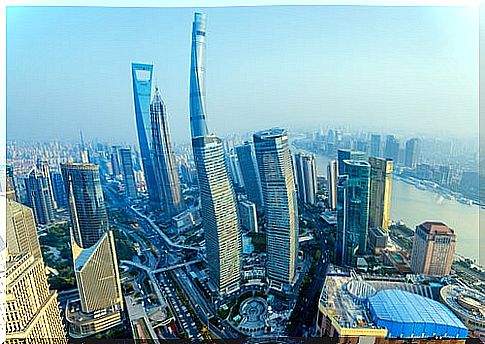
The most modern area of the city, east of the river. The development of this neighborhood began in the 90s and it is the most important financial and commercial center in China. The skyscrapers of Pudong are the typical postcard of Shanghai. Some of them are the World Financial Center, the Jin Mao Tower and the Pearl of the East Television Tower.
There are also other attractions such as the Museum of Science and Technology, the Maglev train station (which connects to the airport) and the riverside promenade. If you are looking for something more traditional and cultural, you cannot miss a stroll through the Yu Yuan Garden and Market, the Xintiandi neighborhood, the old Tianzifang residential area and the Jade Buddha Temple.
